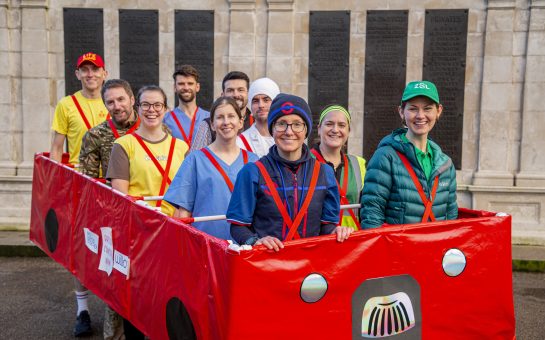Many science and technology businesses have chosen Oxford as their base.

Whilst widely known as the home of the BMW Mini and, of course, the world-renowned University, Oxford is not all about tyres and dreaming spires.
Over the years, the city has developed a diverse economic base; the high proliferation of information technology companies in and around the area is making this part of the Thames Valley the UK equivalent of California’s Silicon Valley.
By the 1920s, the publishing industry was being well established in Oxford and that continues to be the case to this day; the world’s most famous dictionary is, after all, named after the University town that lies in the heart of England.
The presence of the oldest known English-speaking university in the world has also resulted in a high number of science-based businesses choosing Oxford as their base, US medical specialists LifeCell being one of the latest global companies to set up home there.
Science, technology and engineering firms enjoy the support of the organisation, Science Oxford, whose membership directory is an invaluable resource for a large range of businesses looking for useful contacts within the sector. Science Oxford also organise a number of networking events.
Currently there are 3,400 businesses in Oxford providing 106,000 jobs – not forgetting an estimated 10,000 who work at the University. 89% of employees work in services, including 19% in retail, hotel and catering. Take up on office space in Oxford is on the increase after the market appeared to bottom out at 132,209 sq ft in 2010 – 37% down on the long term average.
As a reflection of the city’s diverse economy, a wide variety of offices to rent in Oxford are always available. Its compact nature means that all of the business parks and industrial areas are within easy reach of the commercial and historic centre. The office market is primarily concentrated in the centre, but out of centre office developments provide further floorspace, particularly at the Oxford Business Park and the Oxford Science Park, where access and parking are easier.
There is a high level of in-commuting, with about half of Oxford’s workforce reckoned to live outside its boundary. Situated 60 miles to the north-west of London and half that distance from Swindon and Reading, Oxford is in a prime location.
Regular trains to London take less than an hour, the city also has a reliable bus service with five park and ride sites linked to the city centre, and it is served by the nearby London/Oxford Airport. On top of this, a number of major roads provide easy access to the Midlands and the West Country.
For people who’ve grown tired of commuting, the attractions to living and working in Oxford are obvious. Why else would up to 10 million tourists opt to pay the place a visit? Families with children are well served. As well as being bestowed with top-class museums, Oxford can offer all the other attractions you would expect to find in a UK city, from go-karting to 10-pin bowling.
Surrounded by rolling countryside, adorned with picturesque villages, the city is also home to a top class primary and secondary education system with a huge variety of excellent schools on offer in both the state and private sectors. St Clare’s sixth form boarding college to the north of the city consistently performs well, while Oxford High School GDST was ranked 18th in the nationwide Daily Telegraph independent schools league table, to name just two.
Photo courtesy of DaveOnFlickr, with thanks.
Follow us @SW_Londoner




